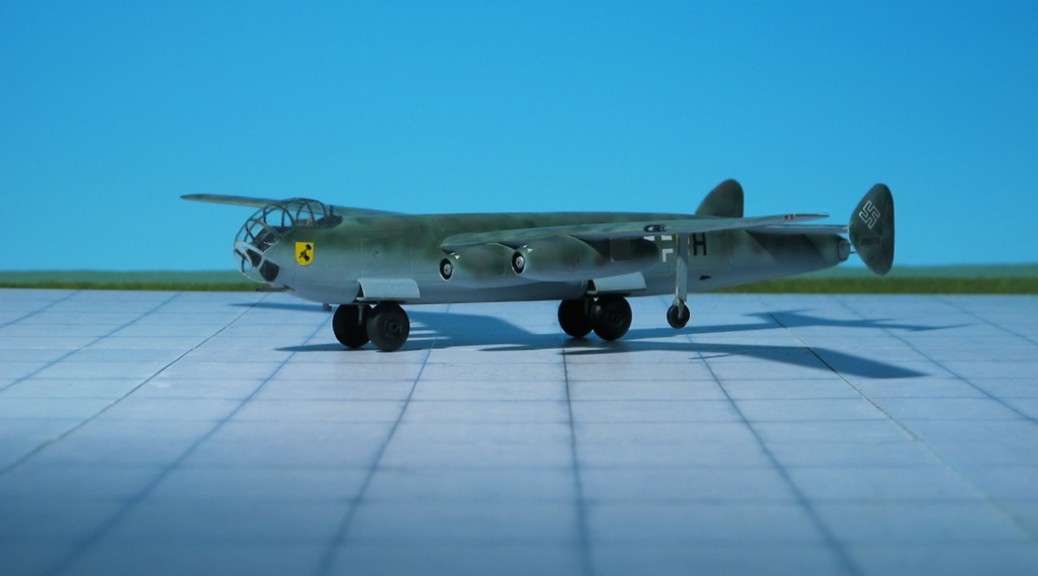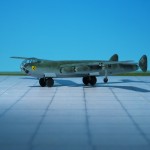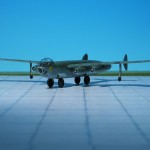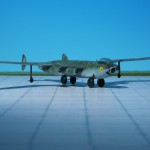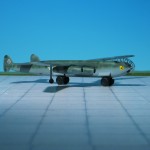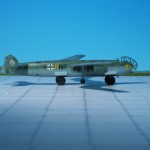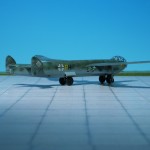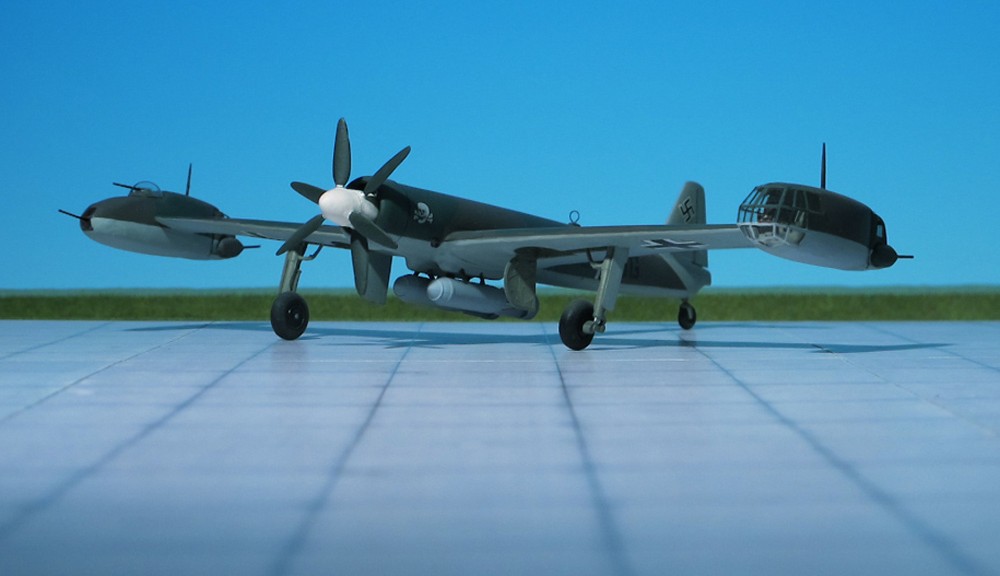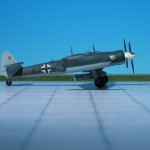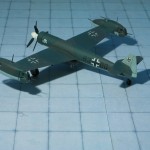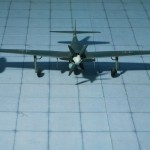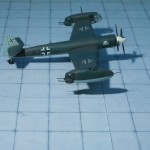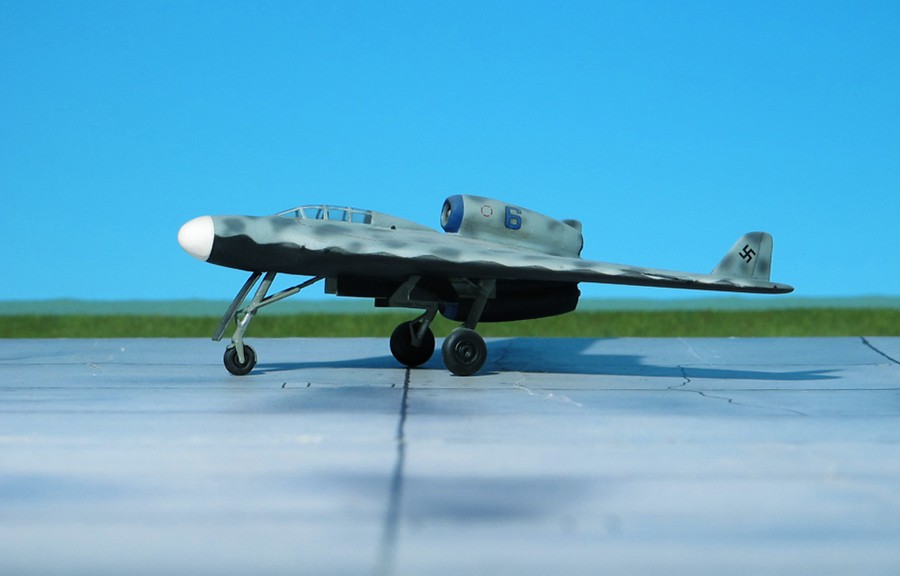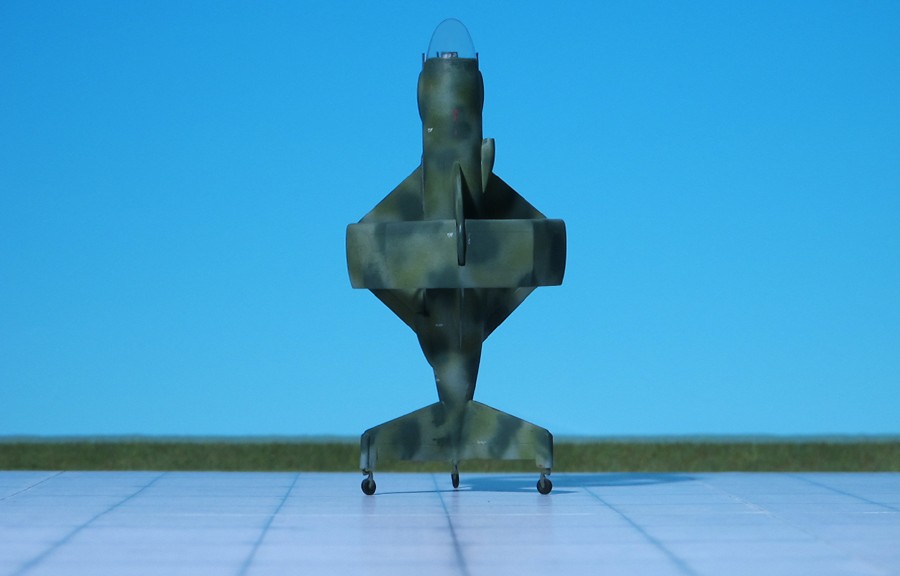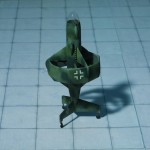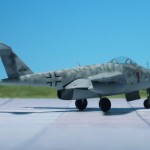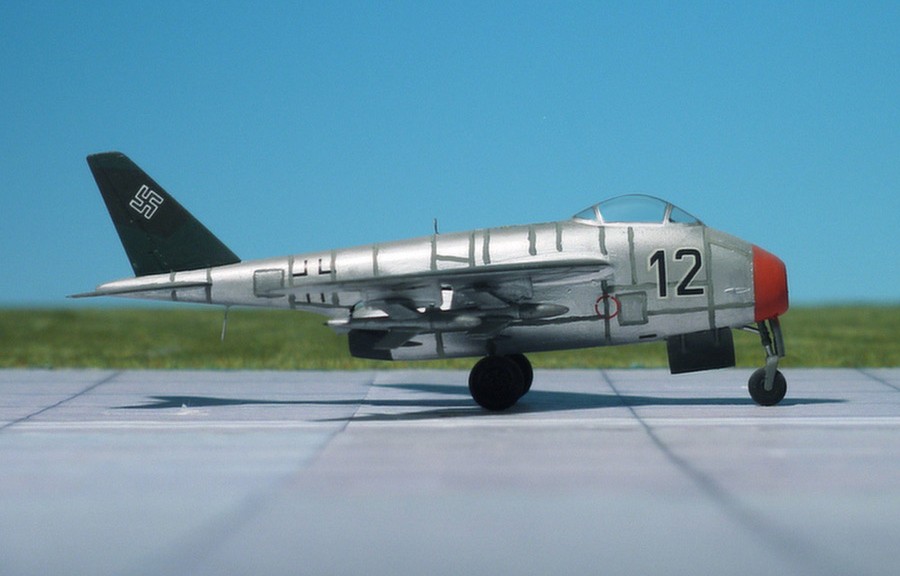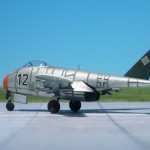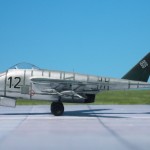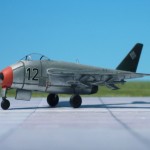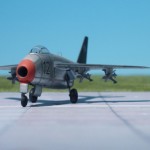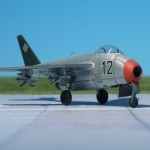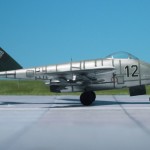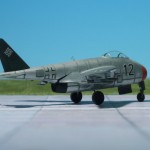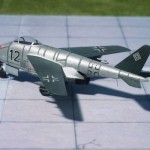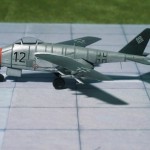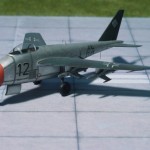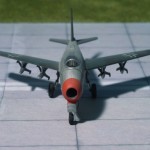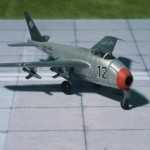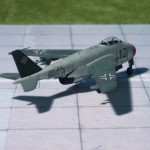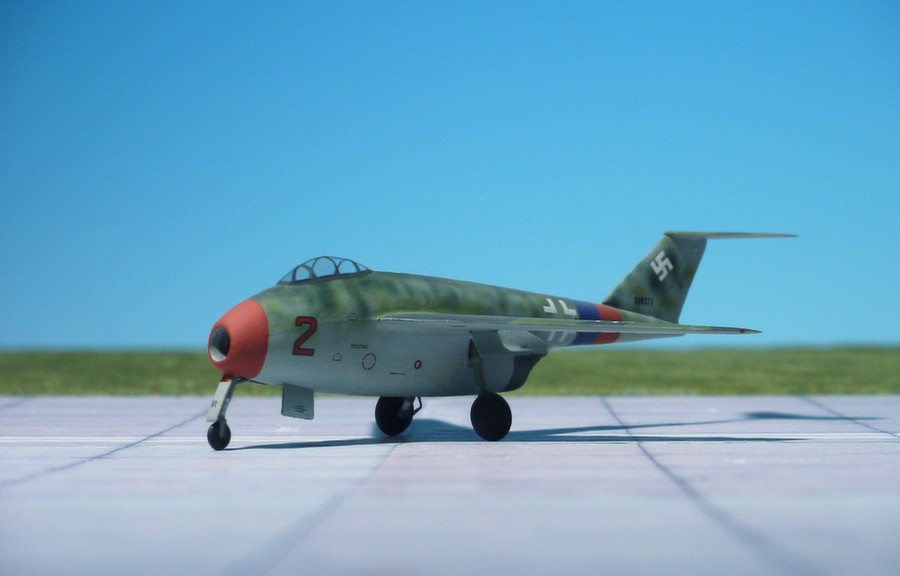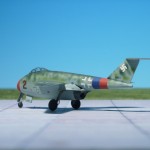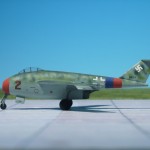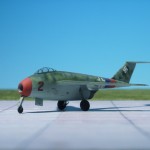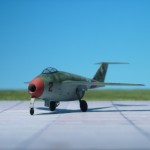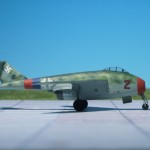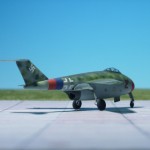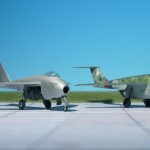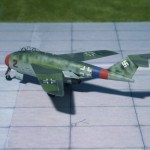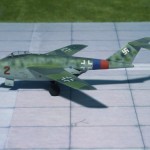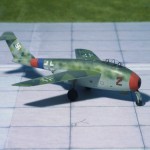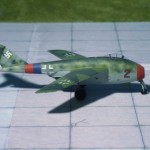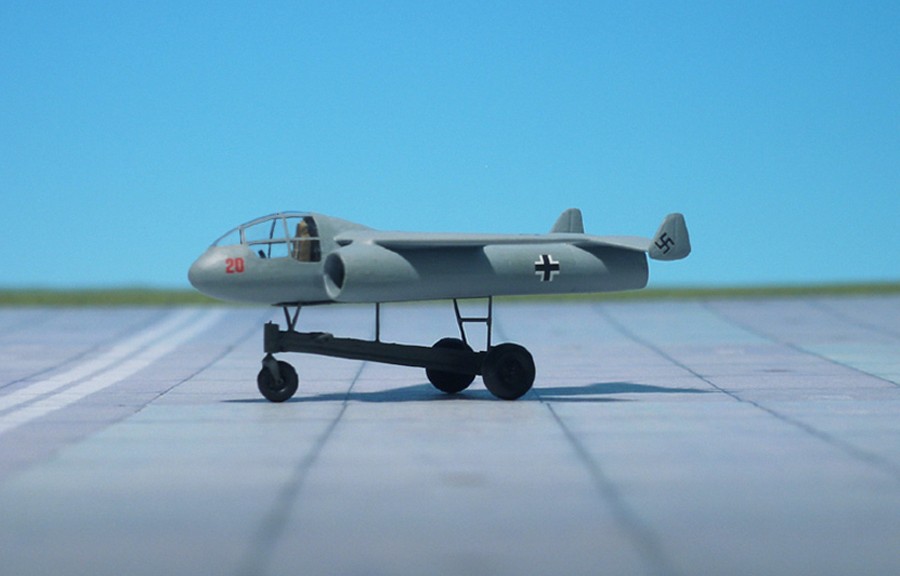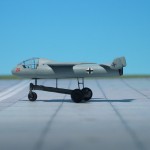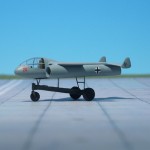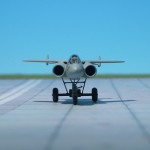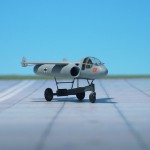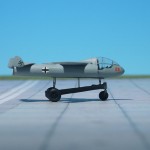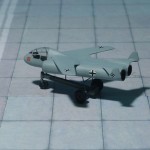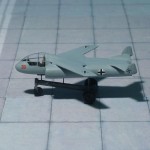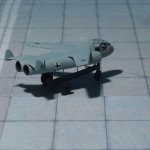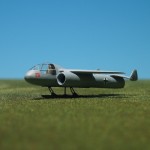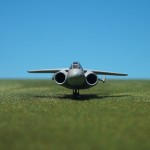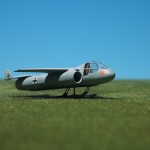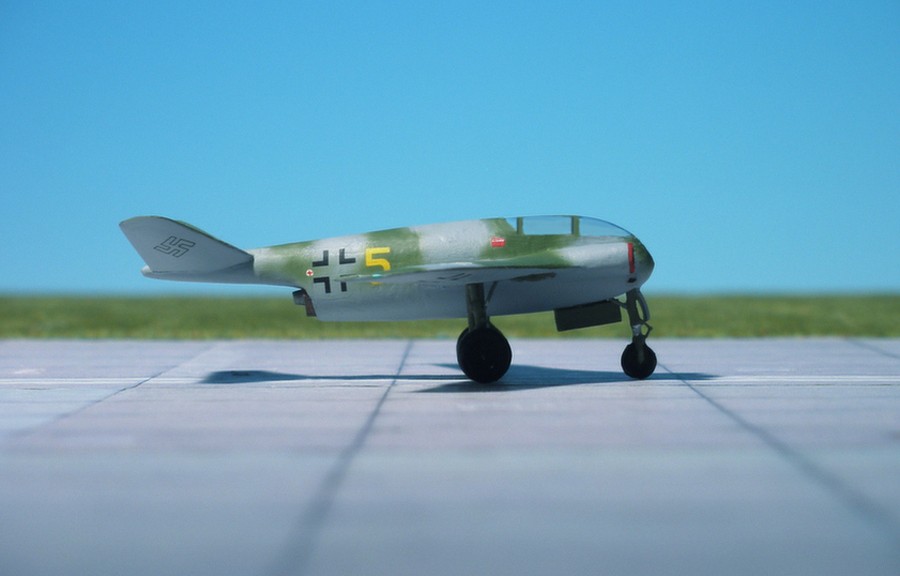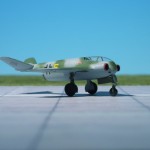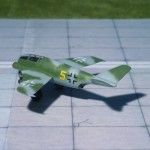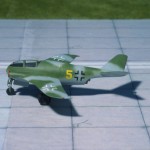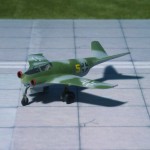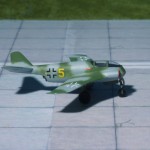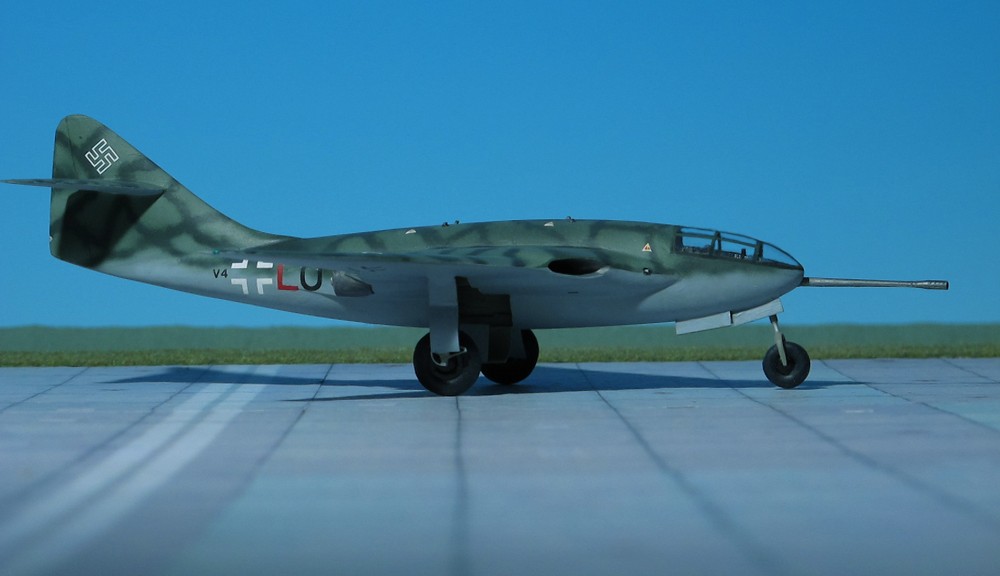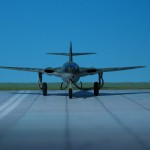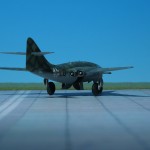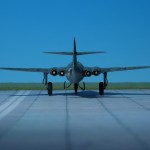TYPE: Heavy jet-bomber. Project
ACCOMMODATION: Crew of two
POWER PLANT: Four Junkers Jumo 004C-1 turbojet engines, rated at 1,020 kp thrust each
PERFORMANCE: 509 mph
COMMENT: This Blohm & Voss jet bomber project was designed to carry a great bomb load and enough fuel for long distance operations. There were four different designs, P.188.01 to P.188.04. Common to all was a rather wide fuselage center section – except for the Bv P.188.04 whose fuselage was slender – designed as an armored steel shell and located in the center of gravity. This caused a special arrangement of the landing gear in all projects with twin main wheels in tandem with an auxiliary outrigger landing gear outboard from the wings. Very unusual was the W-type layout of the wings. These had a constant 3 degree dihedral with the inner section swept back to 20 degree and then a 20 degree swept forward outer section. This was calculated to give good performance at both low and high speeds. The only drawback was excessive air pressure on the wing tips, which was to be corrected by a variable incidence system which could be adjusted through 12 degrees. An advantage of this arrangement was the fact that the fuselage was constant horizontal during take-off and landing. The crew sat in a pressured, extensively glazed cockpit. Four Junkers Jumo 004 C-1 turbojets were mounted in four single nacelles, two beneath each wing, again except for the Bv P.188.04 where two engines were combined in one nacelle on each side. Both designs of the Bv P.188.01 and Bv P.188.03 had a single fin and rudder design and an airbrake at the tail, while the Bv P.188.02 and Bv P.188.04 were of a twin fin and rudder design, with a dihedral tail-plane and the extreme tail had a remote-controlled FDL 131 Z twin 13mm machine guns firing to the rear. All these futuristic designs remained on the drawing boards (Ref.: 17).
